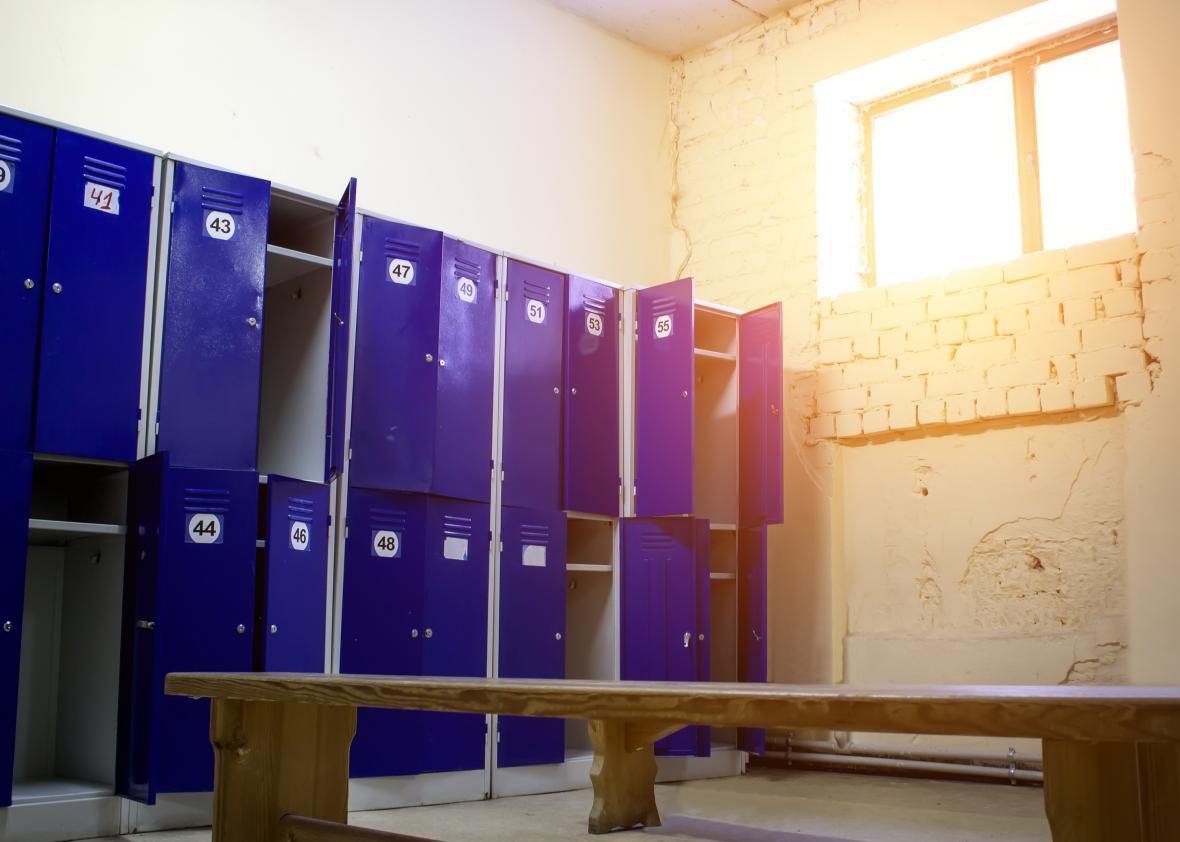In a week when Houston voters repealed an anti-discrimination ordinance in response to uninformed, fearful campaign portrayals about trans people using public restrooms, the U.S. Department of Education’s Office of Civil Rights outlined a humane, common-sense approach for resolving whether transgender students should be permitted full access to educational opportunities—including the chance to participate fully in school athletic programs. In response to a complaint on behalf of a transgender high-school girl in Illinois, the OCR’s investigation concluded that it was impermissible under Title IX for the girl to be segregated into separate changing facilities and denied access to the girls’ locker rooms.
As the OCR noted, the school’s exclusionary policy caused the student to “experience an ongoing sense of isolation and ostracism” and highlighted to other students that she was in some way different. But it also excluded the student, who is a member of an athletic team, from participating fully in the education experience—it separated her from informal team discussions in the locker room. Given their already vulnerable position, ensuring that transgender students are not singled out for differential treatment by authority figures, such as school administrators and teachers, is critical to their social well-being.
At the same time that it recognized the importance of full inclusion for the transgender student, the OCR demonstrated great sensitivity to the privacy concerns of all students and advanced a common-sense solution that preserved everyone’s privacy needs. As I have suggested elsewhere, the OCR proposed that the installation of privacy curtains within the locker rooms would permit the transgender student to change privately within the same locker room (as she desires), and would also permit other students who wanted to protect their modesty to do the same.
In fact, the school in question has already installed privacy curtains in one of the girls’ locker rooms, but it nonetheless excludes the transgender girl from accessing that locker room. As such, the practical barriers to providing the transgender student with full, equal access, while simultaneously protecting the privacy concerns of other students, are quite minimal.
Equally as important, the OCR seemed to reject the school’s proposal that the student could be permitted access to the locker room so long as she was required to use the private areas within the locker rooms. Such a policy would continue to forcibly shroud the transgender student, permitting those who are uncomfortable with her presence to, in effect, have a heckler’s veto over her equal access. As the OCR suggests, if a student is made uncomfortable by the transgender girl’s hypothetical presence in the communal changing area of the locker room (should she choose to use the communal area as opposed to the private, curtained areas within the locker room), the uncomfortable student can access the privacy curtains.
In short, the OCR’s investigation reflects a measured, practical approach to solving an issue that is too often the subject of knee jerk responses. While the OCR’s letter concluding the investigation is, by its own terms, not a formal statement of OCR policy, it represents the kind of nuanced analysis policy-makers and courts should employ when addressing the often thorny issues we, as a society, are working through as transgender inclusion becomes more of a priority. It should be emulated.
